by R. John Howe
Dear folks -
R. John Howe gave a
“rug morning” at The Textile Museum on March 10,
2007.

The first part of this
program was a PowerPoint-assisted lecture,
entitled "Red in Rugs and Other
Textiles”.
Here, should it be of
interest to others, is that lecture.
Red is ubiquitous in rugs
and textiles. Although it can be done, it takes a little
looking, usually, to identify a piece one owns that doesn’t
have at least some red in it. So our problem in this rug
morning will be not
to be overcome by this sea of plenty, but to cut into it,
intelligently, and to organize it in ways that let us see interesting,
perhaps even important things that reside in it.
Toward that end I will talk a little about this subject and then we will look at some examples of textiles that contain red in their palette. We will organize this latter part, modestly, in terms of dyes used and some of the major aspects of color theory.
First, the talk.
There are four parts:
We begin with red in everyday life.
Red is not just frequently encountered in textiles, it is encountered at nearly every turn in everyday life.

Stop signs are red.
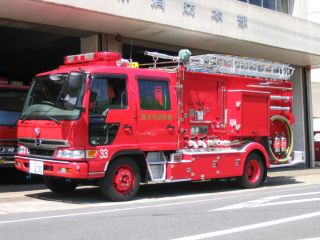
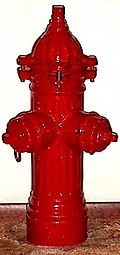
Fire engines and fire plugs are frequently red.
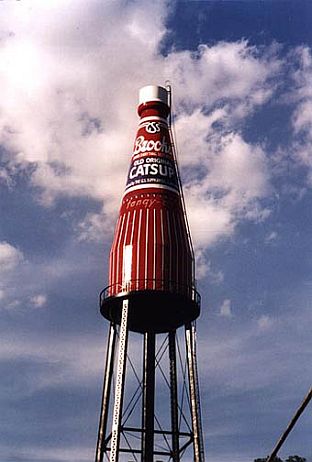

Catsup is red. So is a lot of lipstick.
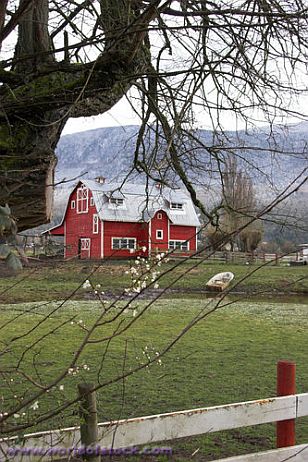

Barns and Swiss Army knives are frequently red.

If you cut yourself, your blood will be red, even if your family has lived on Beacon Hill in Boston for 10 generations.
There’s a lot of red in language.
Common expressions include:
and there really were “red letter days.”

In some Roman calendars, and those of later eras, “market” days and holidays were actually marked in red.
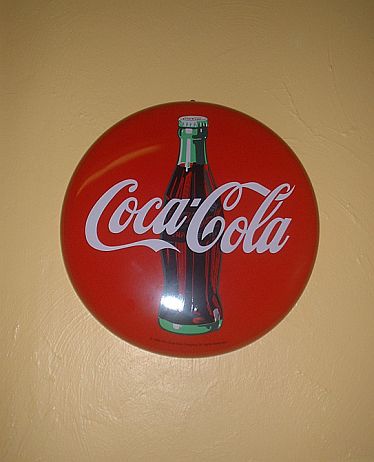
Coke signs, a nearly universal symbol in our era, have a red ground.
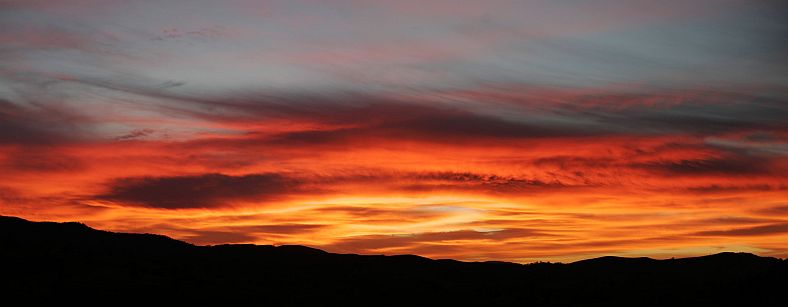

Some sunrises and sunsets are spectacularly red.

And as a small boy, I actually had a “red wagon.”
We could go on and on….
So red is all around us most of the time.
Red, is reputed, in fact, to be the most popular color.
Elizabeth Barber says that “Much of this preference can surely be laid to our physiology, since we distinguish the electromagnetic waves at the “red” end of the spectrum more easily and infallibly (which is why we still use red for our most urgent signals)”.
A phenomenon that seems to testify to this fact of physiology is that brain-injured persons, suffering from temporary color-blindness, start to perceive red before they are able to discern any other colors.
That is the end of red in everyday life.
Toward that end I will talk a little about this subject and then we will look at some examples of textiles that contain red in their palette. We will organize this latter part, modestly, in terms of dyes used and some of the major aspects of color theory.
First, the talk.
There are four parts:
- Red in everyday life
- Historical uses of red in rugs and other textiles
- Dyeing with red
- Red and some aspects of color theory
We begin with red in everyday life.
Red is not just frequently encountered in textiles, it is encountered at nearly every turn in everyday life.

Stop signs are red.


Fire engines and fire plugs are frequently red.


Catsup is red. So is a lot of lipstick.


Barns and Swiss Army knives are frequently red.

If you cut yourself, your blood will be red, even if your family has lived on Beacon Hill in Boston for 10 generations.
There’s a lot of red in language.
Common expressions include:
- Paint the town red
- in the red
- red-neck
- red tape
- red-hot
- not worth a red cent
- caught red-handed
- red-carpet treatment
and there really were “red letter days.”

In some Roman calendars, and those of later eras, “market” days and holidays were actually marked in red.

Coke signs, a nearly universal symbol in our era, have a red ground.


Some sunrises and sunsets are spectacularly red.

And as a small boy, I actually had a “red wagon.”
We could go on and on….
So red is all around us most of the time.
Red, is reputed, in fact, to be the most popular color.
Elizabeth Barber says that “Much of this preference can surely be laid to our physiology, since we distinguish the electromagnetic waves at the “red” end of the spectrum more easily and infallibly (which is why we still use red for our most urgent signals)”.
A phenomenon that seems to testify to this fact of physiology is that brain-injured persons, suffering from temporary color-blindness, start to perceive red before they are able to discern any other colors.
That is the end of red in everyday life.